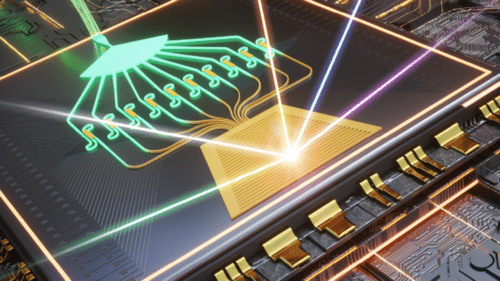Researchers at Technical University of Denmark have developed a Chip-based beam steering technology that has large applications and can enhance the futuristic technology.
Light Detection and Ranging is a technology that uses light in the form of focused laser beams to detect range and objects. It records time taken for the light beam to return and renders 3D models of the space. Consider it as a bat ‘sees’ the world. But unlike bats, the technology is sensitive to vibration and cannot effectively render motion with considerable accuracy.

Current lidar systems are bulky, expensive, sensitive to vibration, and limited in speed, said research team leader Hao Hu. Now researchers have potentially eliminated some of these drawbacks by developing a chip based design.
“Although devices known as chip-based optical phased arrays (OPAs) can quickly and precisely steer light in a non-mechanical way, so far, these devices have had poor beam quality and a field of view typically below 100 degrees.”
Beam steering using this method eliminates the key optical artefact, aliasing. Using this the beam covers a large field with high beam quality hence improving the lidar system. Aliasing is eliminated because adjacent channels can be placed in close proximity to one another.
The team built an imaging system to measure the average far-field optical power along the horizontal direction over a 180º field of view. It demonstrated aliasing-free beam steering in this direction, including steering beyond ±70°, though the researchers observed some beam degradation. The researchers then characterised beam steering in the vertical direction by tuning the wavelength from 1480 to 1580 nm, achieving 13.5° tuning range. Finally, they showed the versatility of the OPA by using it to form 2D images of three letters of the alphabet centred at the angles of −60°, 0°, and 60° by tuning both the wavelength and the phase shifters.
Hu added: “We believe our results are groundbreaking in the field of optical beam steering. This development lays the groundwork for OPA-based lidar that is low cost and compact, which would allow lidar to be widely used for a variety of applications such as high-level advanced driver-assistance systems that can assist in driving and parking and increase safety.”







